Home>Interior Design>5 Necessities For A Small Playroom, According To Pro Organizers
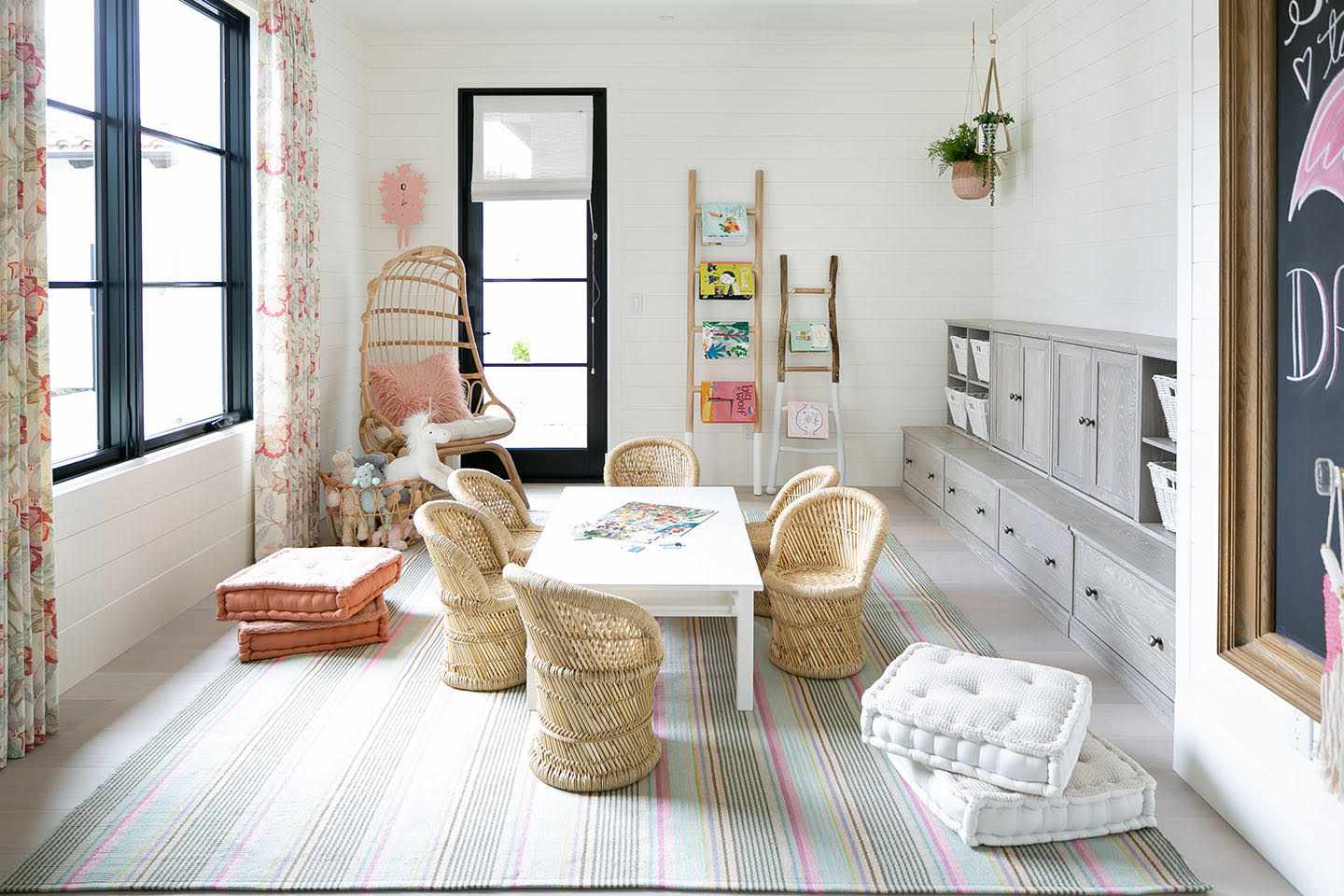

Interior Design
5 Necessities For A Small Playroom, According To Pro Organizers
Modified: November 1, 2024
Discover the top 5 must-haves for an efficient and stylish small playroom, as recommended by professional interior designers. Enhance your space with expert tips on interior design!
(Many of the links in this article redirect to a specific reviewed product. Your purchase of these products through affiliate links helps to generate commission for Storables.com, at no extra cost. Learn more)
Introduction
Welcome to the exciting world of interior design for small playrooms! Whether you are designing a playroom for your children or creating a dedicated space for play in a small apartment, it is essential to optimize the space and create a functional and inviting environment. In this article, we will explore five necessities for a small playroom, according to professional organizers.
A small playroom can pose unique challenges when it comes to organization and design. However, with careful planning and strategic choices, you can transform even the tiniest of spaces into a vibrant and enjoyable play area for your children. These five necessities will help you maximize the available space, create a safe environment, and provide ample opportunities for creativity and play.
From smart storage solutions to age-appropriate toys and activities, each necessity plays a crucial role in making the most of a small playroom. Let’s dive in and explore them in detail!
Key Takeaways:
- Maximize space in a small playroom with smart storage solutions, functional furniture, and creative use of vertical space. Prioritize safety and durability in materials, and curate age-appropriate toys and activities for a stimulating environment.
- Transform a small playroom into a vibrant and organized space by incorporating adequate storage, functional furniture, and creative vertical storage solutions. Prioritize safety in materials and curate age-appropriate toys for an engaging play environment.
Adequate Storage Solutions
One of the key elements of a well-designed playroom is ample storage space. Small playrooms tend to accumulate toys and other items quickly, so it is essential to have proper storage solutions to keep everything organized and easily accessible.
When it comes to storage, think smart and make use of every inch of available space. Utilize wall-mounted shelves, cubbies, or bookcases to keep toys off the floor and create a clutter-free environment. Consider storage options that can double as seating or play surfaces, such as storage ottomans or benches with built-in compartments.
Labeling bins and baskets is also a great way to keep things organized. Use clear or colorful labels that are easy for children to read and understand. This not only helps them find and put away their toys but also teaches valuable organizational skills.
Additionally, consider utilizing vertical space by installing hooks or pegboards on the walls. This allows you to hang items like costumes, art supplies, or backpacks, freeing up valuable floor space.
Remember, it’s not just about having storage solutions, but also about regularly decluttering and rotating the toys. Keep a limit on the number of toys available at one time to avoid overwhelming the space. Store away some toys and periodically swap them out to keep the playroom fresh and exciting.
By incorporating adequate storage solutions, you can maintain a tidy and organized playroom that is both visually appealing and functional.
Functional Furniture
In a small playroom, every piece of furniture should serve a purpose and maximize the use of space. Functional furniture not only provides seating and play surfaces but also offers storage solutions and multi-functional capabilities.
Consider investing in furniture that serves dual purposes. For example, opt for a table with built-in storage compartments or a desk with shelves and drawers. This way, you can provide a designated workspace for your child while also keeping art supplies, books, and other materials neatly organized.
Modular furniture is another excellent option for small playrooms. Choose furniture pieces that can be rearranged and customized to adapt to your changing needs. Modular storage cubes or shelves can be rearranged to create different configurations and provide flexibility for different activities or group play.
When it comes to seating, consider using floor cushions or bean bags instead of bulky chairs. These can be easily moved around to create a cozy reading nook or provide seating for playtime activities. Look for furniture with rounded or soft edges to ensure safety, especially for younger children.
Lastly, remember to choose appropriately sized furniture for the space. Oversized furniture will only make the room feel cramped and limit the available play area. Opt for furniture that fits the scale of the room while still providing functionality and comfort.
By selecting functional furniture and making the most of each piece, you can optimize the use of space in a small playroom while keeping it versatile and inviting.
Creative Use of Vertical Space
In a small playroom, utilizing the vertical space is essential to maximize the available area. By thinking creatively and using the walls effectively, you can create additional storage options and enhance the overall functionality of the space.
One practical way to make use of vertical space is by installing floating shelves or wall-mounted storage units. These can be used to display books, art supplies, or small toys, keeping them easily accessible while freeing up valuable floor space.
Pegboards are another fantastic option for vertical storage and organization. Install a pegboard on the wall and use hooks or containers to hang and store various items, such as puzzles, costumes, or even musical instruments. This not only keeps things organized but also adds a visually appealing element to the room.
Consider incorporating wall-mounted baskets or bins as well. These can be used to store stuffed animals, balls, or other soft toys, keeping them off the floor and making it easy for children to see and access their toys.
Another creative use of vertical space is to hang a portable or foldable table on the wall. This provides a designated play or work surface that can be folded up when not in use, saving space and keeping the room open and uncluttered.
Don’t forget about utilizing the back of doors. Install door-mounted organizers or hooks to hang items like dress-up clothes, bags, or even small sports equipment. This ensures that every inch of vertical space is used efficiently.
By incorporating these creative ideas for vertical storage, you can optimize the space in a small playroom and create a visually engaging environment for your children to enjoy.
Utilize vertical space with wall-mounted shelves and storage to maximize floor space in a small playroom. This will keep toys organized and easily accessible for kids.
Safe and Durable Materials
When designing a playroom, it is crucial to prioritize the safety and durability of the materials used. Small playrooms often see a lot of activity and rough play, so choosing materials that can withstand wear and tear is essential.
Start by selecting child-friendly and non-toxic materials. Look for furniture made from solid wood or sturdy plastic, free from any harmful chemicals or lead-based paints. Avoid furniture with sharp edges or corners that could pose a safety hazard. Opt for rounded edges and smooth surfaces instead.
When it comes to flooring, consider using materials that are easy to clean and maintain. Laminate flooring or vinyl tiles are great options as they are durable, resistant to spills, and can handle constant play and foot traffic. Rugs can add a cozy touch to the playroom, but make sure they have non-slip backing to prevent accidents.
Pay attention to the quality of any soft furnishings, such as cushions or play mats. Look for materials that are machine washable and can withstand frequent use and cleaning. Ensure that these items are free from any small or detachable parts that could pose a choking hazard.
Consider investing in storage bins or baskets made from sturdy plastic or fabric. These should be durable enough to withstand children pulling, tugging, and occasionally climbing on them.
When it comes to wall decorations, opt for removable and washable decals or wall stickers. These can add a playful touch to the room without causing any damage to the walls. Avoid using wall hangings or artwork with glass frames, as they can easily break and cause accidents.
By choosing safe and durable materials, you can create a playroom that not only withstands the test of time but also provides a safe and secure environment for your children to play and explore.
Age-Appropriate Toys and Activities
In a small playroom, it is essential to curate a selection of age-appropriate toys and activities that cater to your child’s developmental stage. Choosing toys that promote learning, creativity, and active play will help keep the playroom engaging and stimulating.
Start by considering your child’s age and interests. For younger children, focus on toys that encourage sensory exploration, fine motor skills, and imaginative play. Examples include soft toys, stacking blocks, puzzles, and musical instruments.
As your child grows, introduce toys that promote problem-solving, creativity, and physical activity. Building blocks, art supplies, board games, and sports equipment can provide hours of entertainment and development. Consider toys that can be easily stored or folded away to maximize space.
Rotate your child’s toys regularly to keep their interest and prevent the playroom from becoming overcrowded. Store away some toys and bring out different ones periodically. This keeps the environment fresh and ensures that your child’s playtime remains engaging and exciting.
In addition to toys, include age-appropriate activities in the playroom. Set up a small art station with crayons, markers, and coloring books for creative expression. Create a cozy reading corner with a bookshelf and comfortable seating for quiet and imaginative play. Incorporate a small play kitchen or tool bench for dramatic play and role-playing.
Consider incorporating open-ended toys that stimulate imagination and creativity, such as building blocks, dollhouses, or dress-up costumes. These types of toys offer endless possibilities for play and can be enjoyed by children of various ages.
Lastly, make sure the playroom is a safe and supervised space for your child to explore and play independently. Keep an eye out for any small or sharp objects that could pose a choking hazard, and ensure that furniture and play equipment are stable and secure.
By providing age-appropriate toys and activities, you can create a small playroom that fosters your child’s growth, development, and enjoyment.
Conclusion
Designing a small playroom may seem like a challenge, but with the right approach and considerations, it can become a delightful and functional space for your children. By implementing the five necessities discussed in this article, you can create a playroom that maximizes space, promotes organization, and provides a safe and engaging environment for your child’s play and development.
Adequate storage solutions are vital in a small playroom to keep toys and items organized and easily accessible. By utilizing wall-mounted shelves, storage ottomans, and vertical storage options, you can minimize clutter and create a visually appealing space.
Choosing functional furniture that serves multiple purposes helps optimize the use of space. Modular furniture, seating with storage, and appropriately sized pieces allow for flexibility and adaptability in a small playroom.
Thinking creatively and utilizing vertical space is crucial. Floating shelves, wall-mounted storage units, and pegboards offer additional storage options and help keep the floor area open for play. Installing foldable tables and utilizing the back of doors further maximize space utilization.
When it comes to materials, prioritize safety and durability. Opt for non-toxic, child-friendly materials for furniture and flooring that can withstand the rigors of play. Washable and sturdy soft furnishings and age-appropriate wall decorations ensure both safety and practicality.
Lastly, curate age-appropriate toys and activities to stimulate your child’s development and keep them engaged. From sensory toys for younger children to building blocks and art supplies for older ones, selecting toys that promote learning, creativity, and physical activity is essential.
By incorporating these five necessities into your small playroom design, you can create a space that is functional, organized, and enjoyable for your children. Remember to regularly declutter and rotate toys, keeping the playroom fresh and exciting. With thoughtful design and creative utilization, your small playroom will become a haven for imaginative play, learning, and cherished memories.
Frequently Asked Questions about 5 Necessities For A Small Playroom, According To Pro Organizers
Was this page helpful?
At Storables.com, we guarantee accurate and reliable information. Our content, validated by Expert Board Contributors, is crafted following stringent Editorial Policies. We're committed to providing you with well-researched, expert-backed insights for all your informational needs.
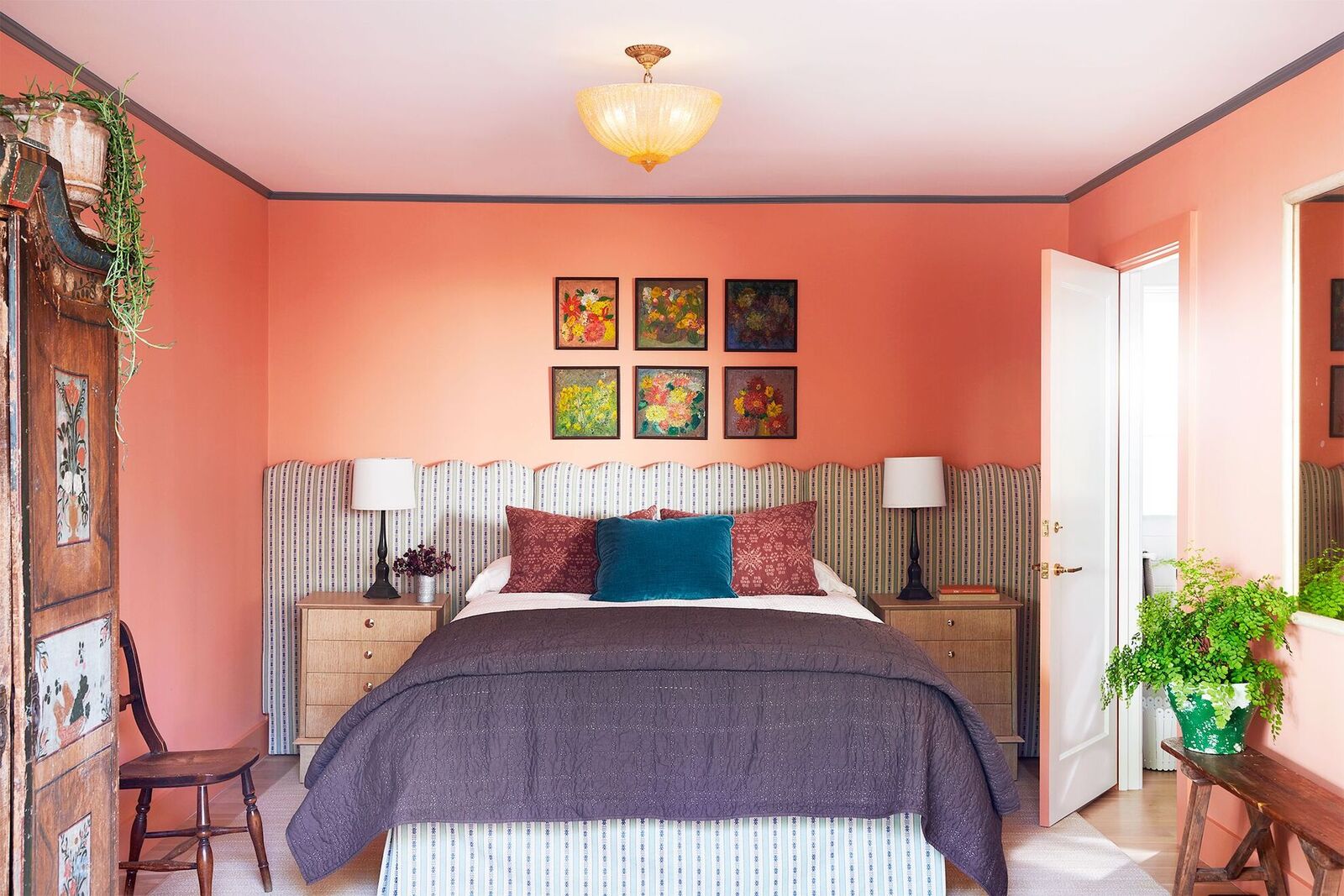
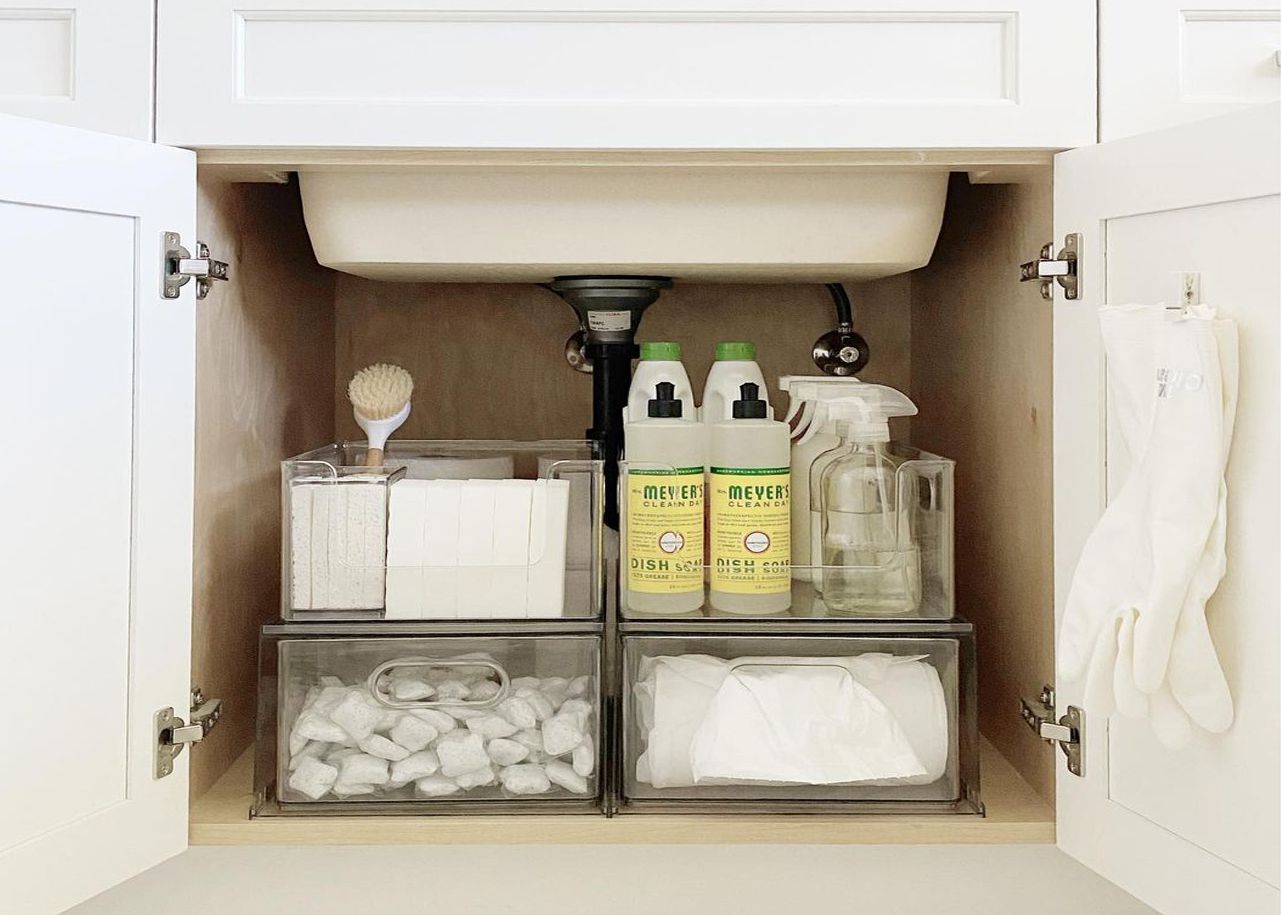
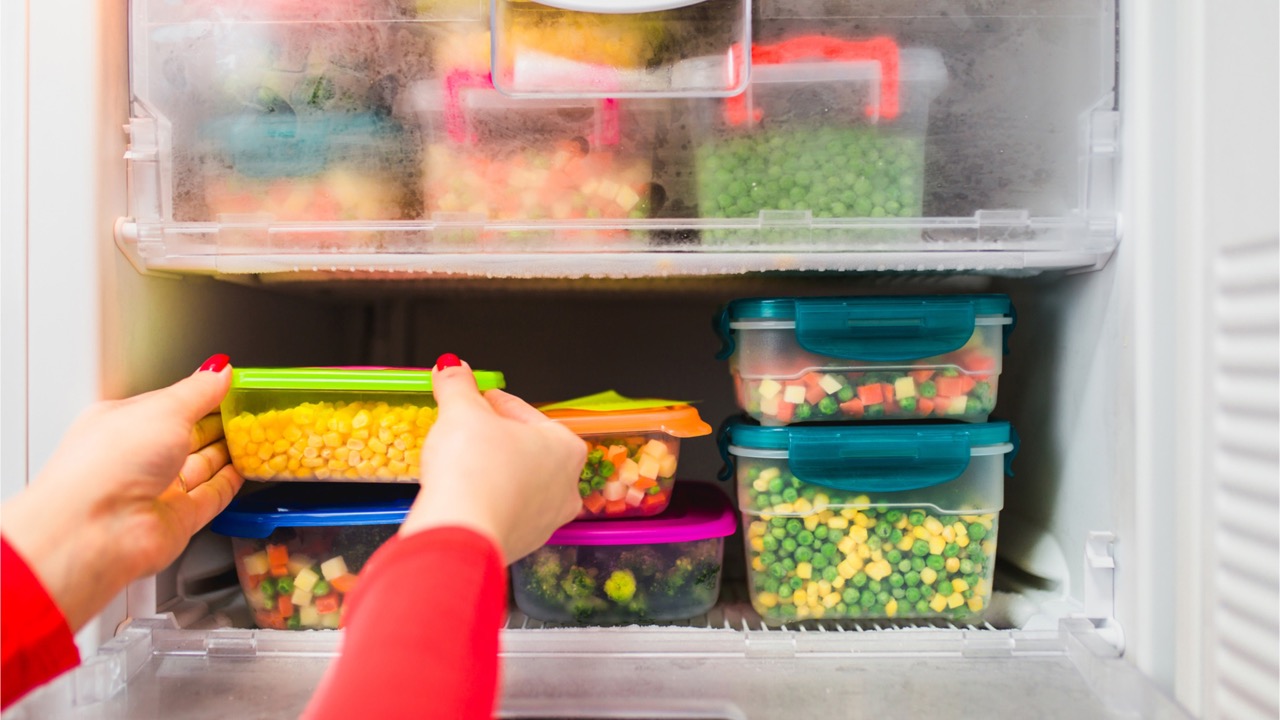

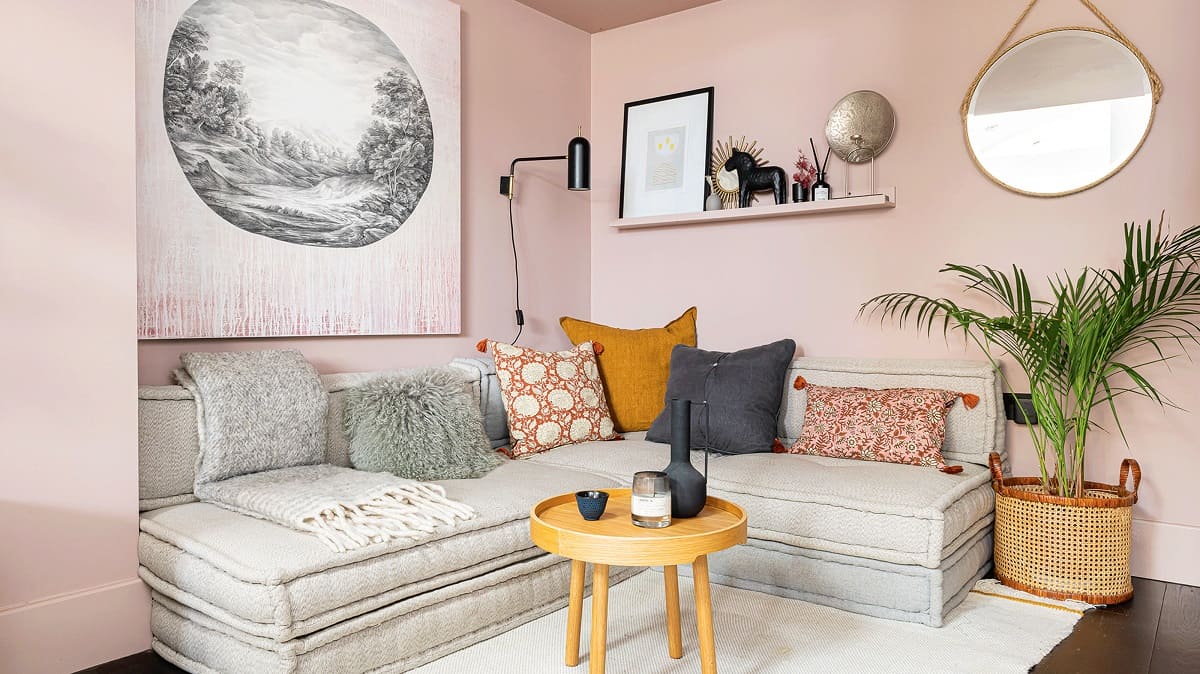
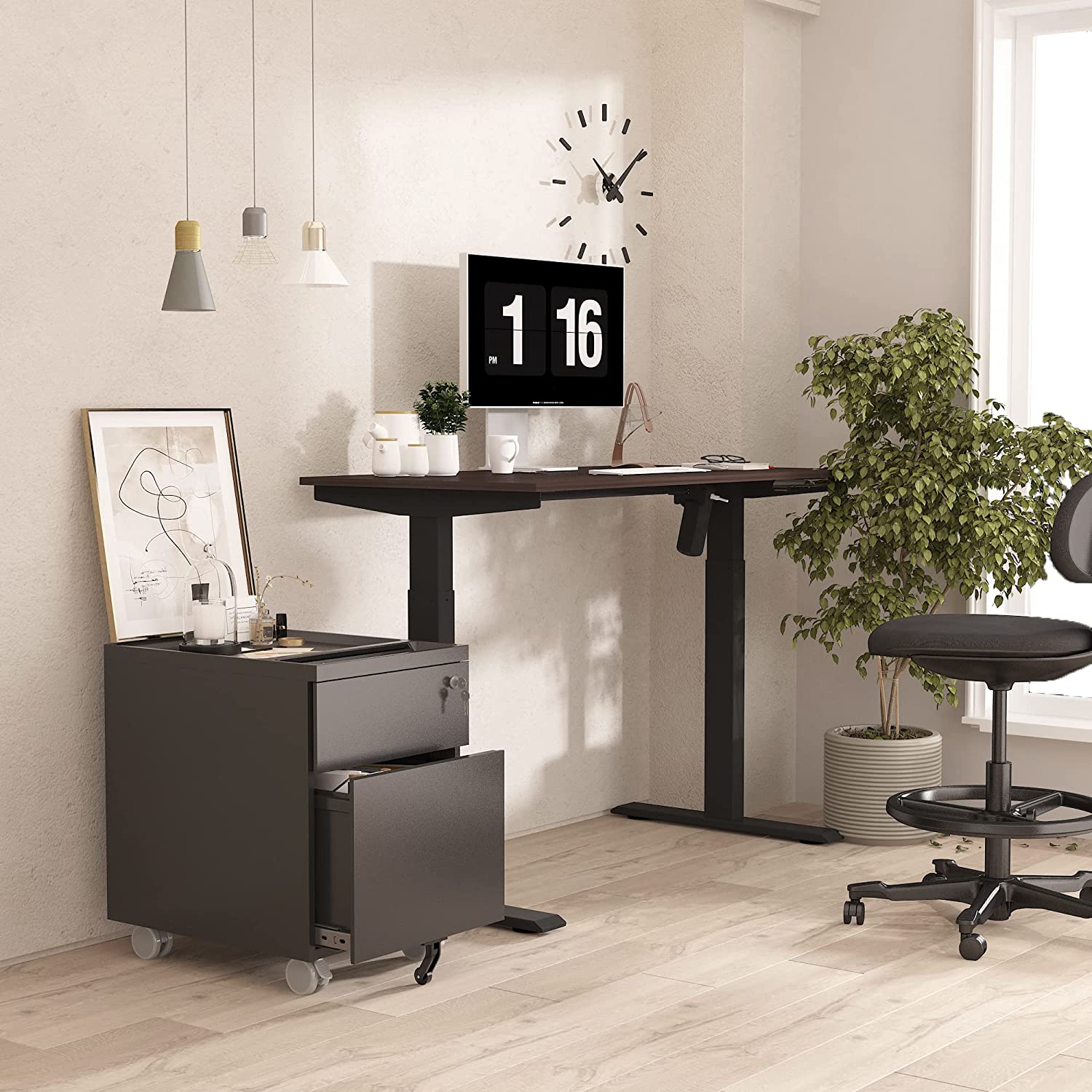
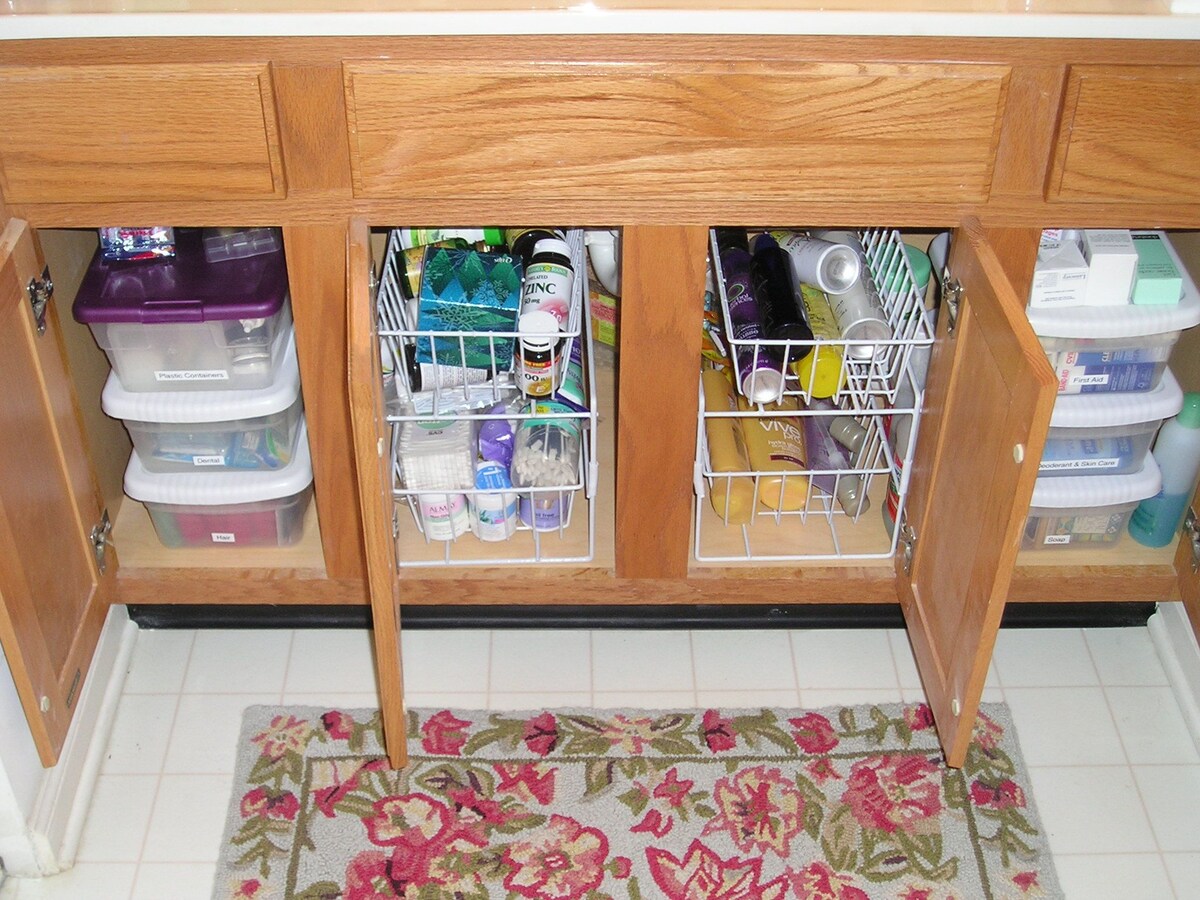

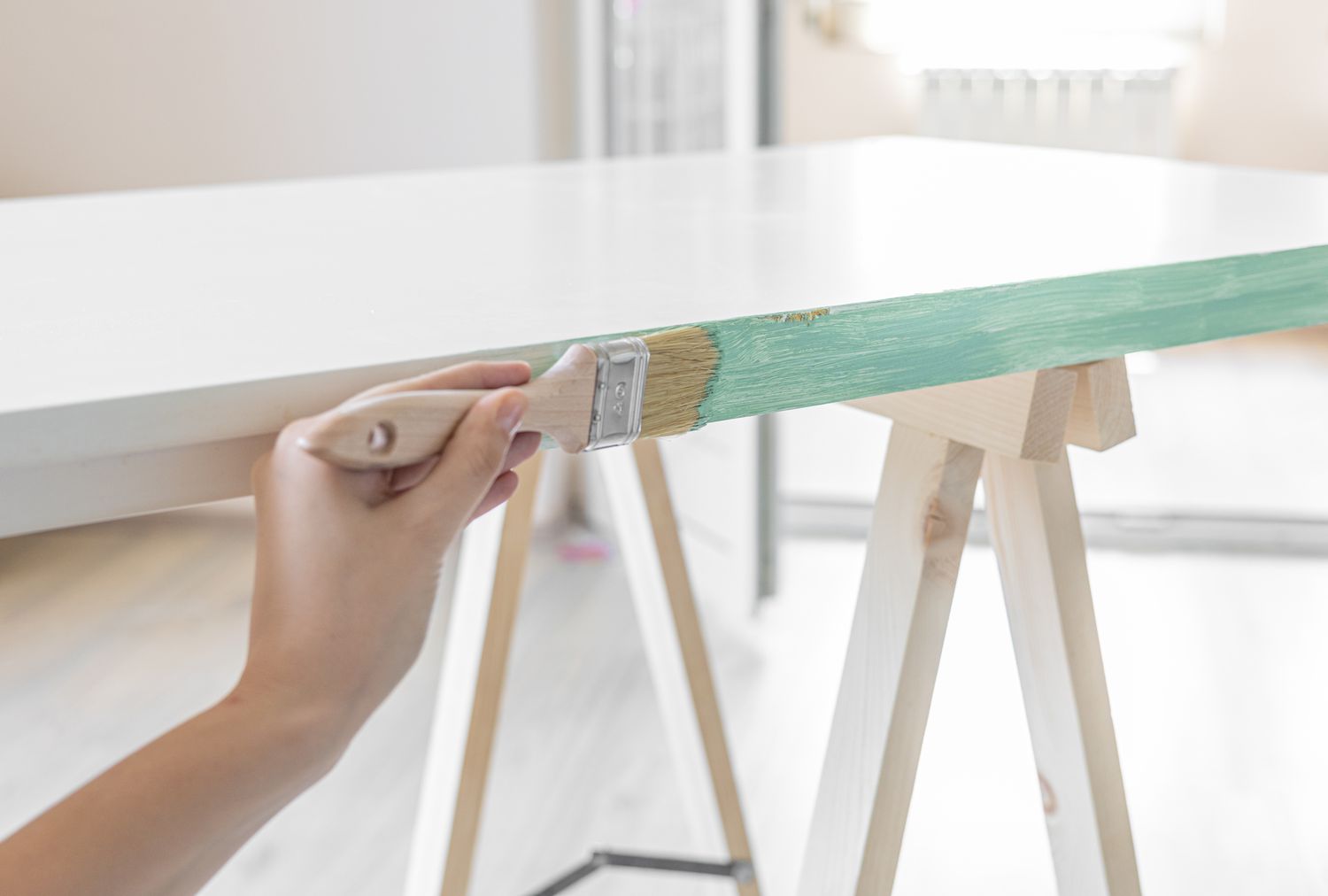
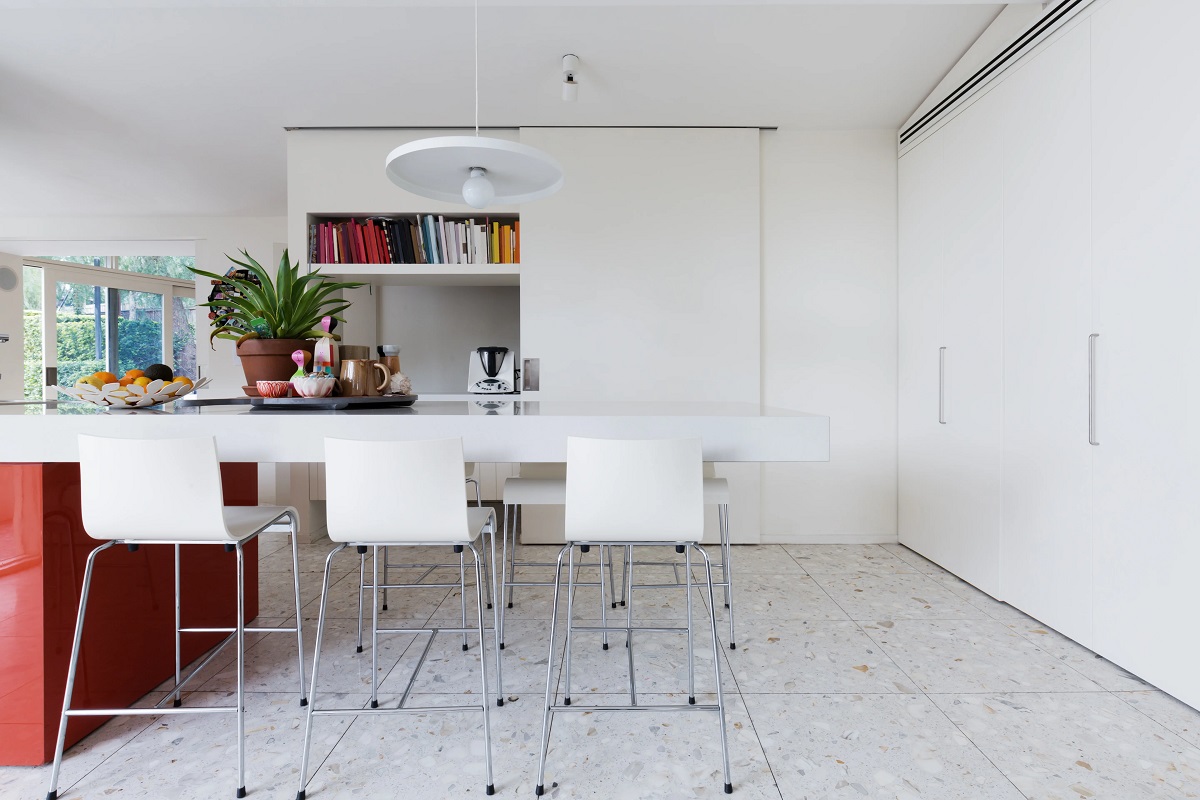
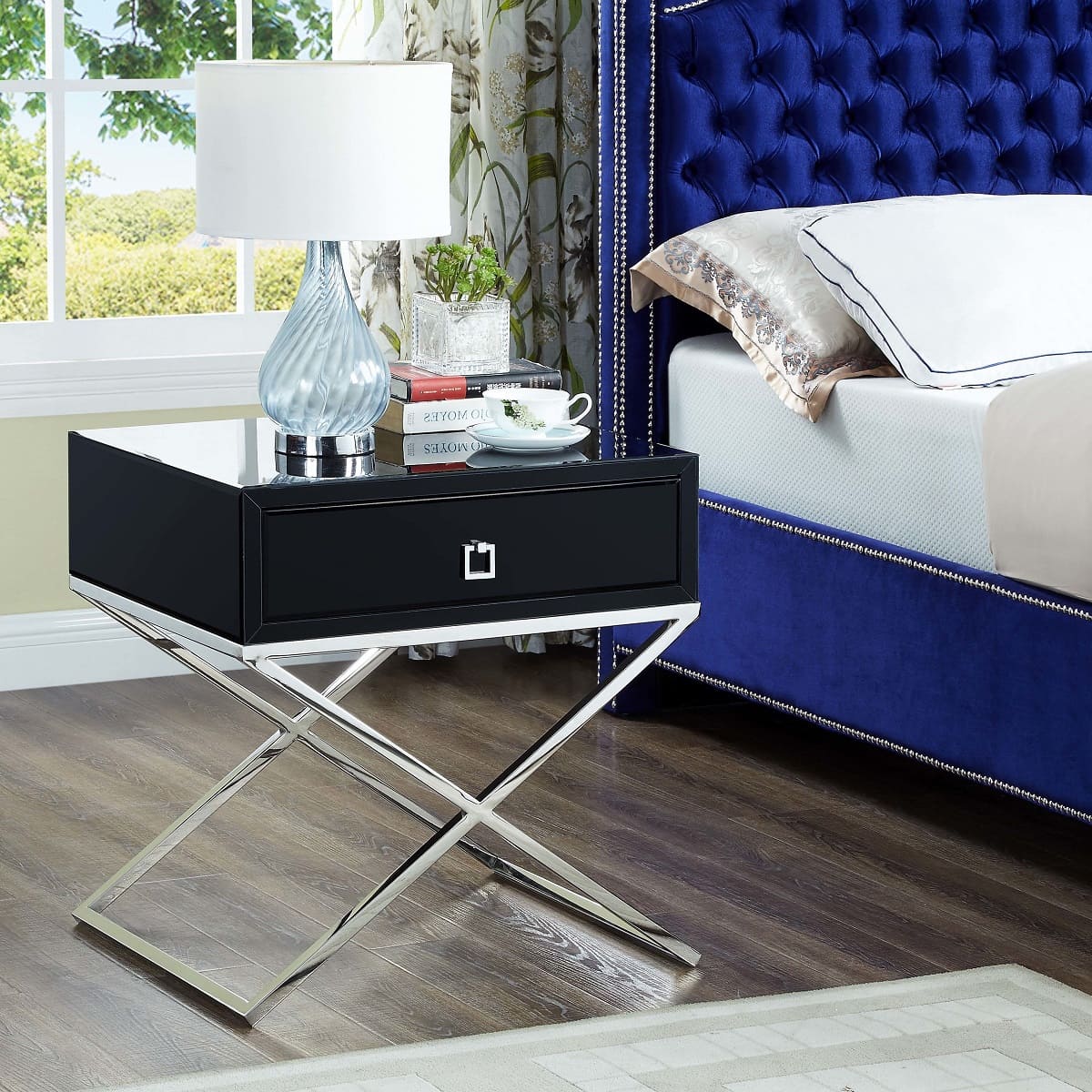
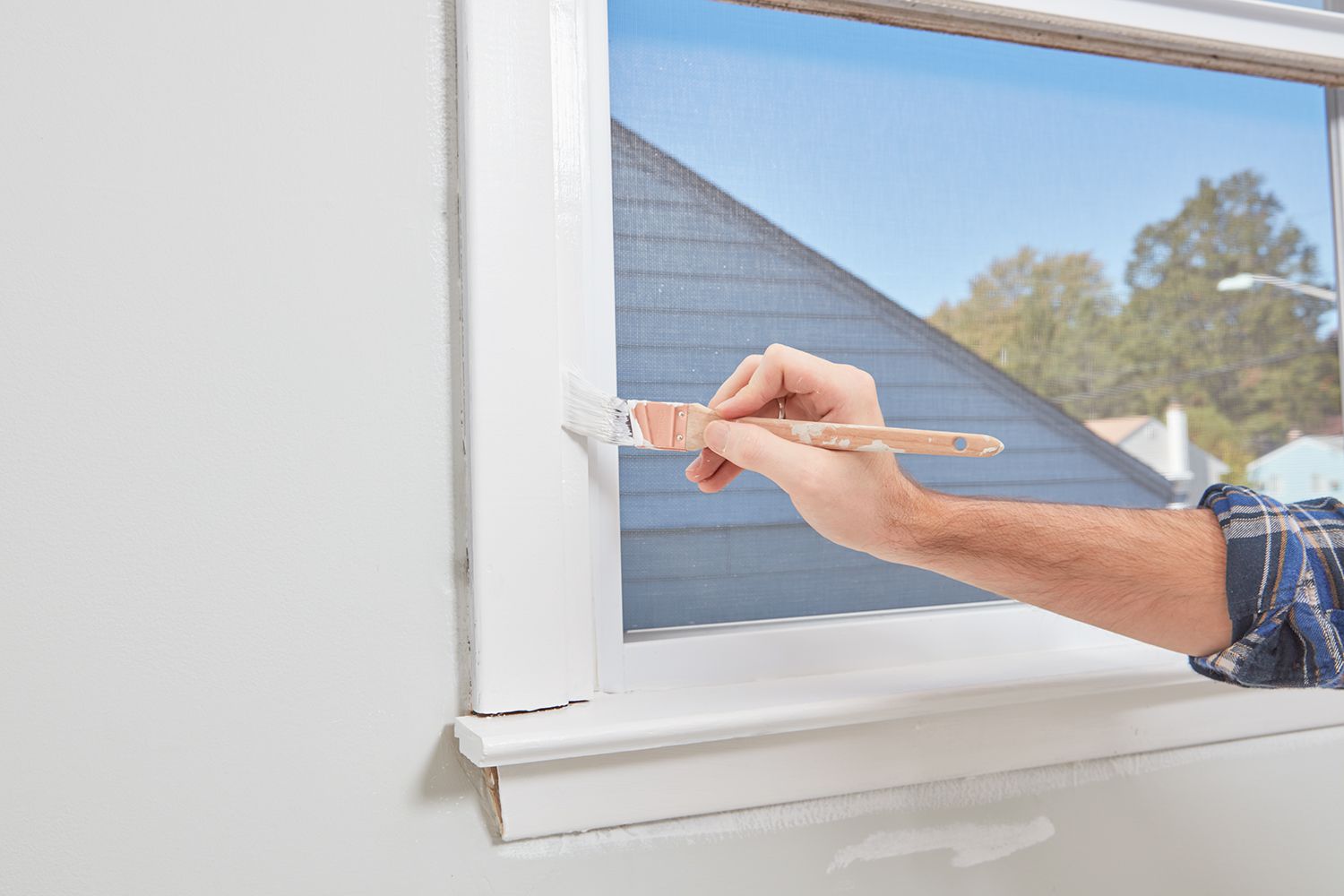
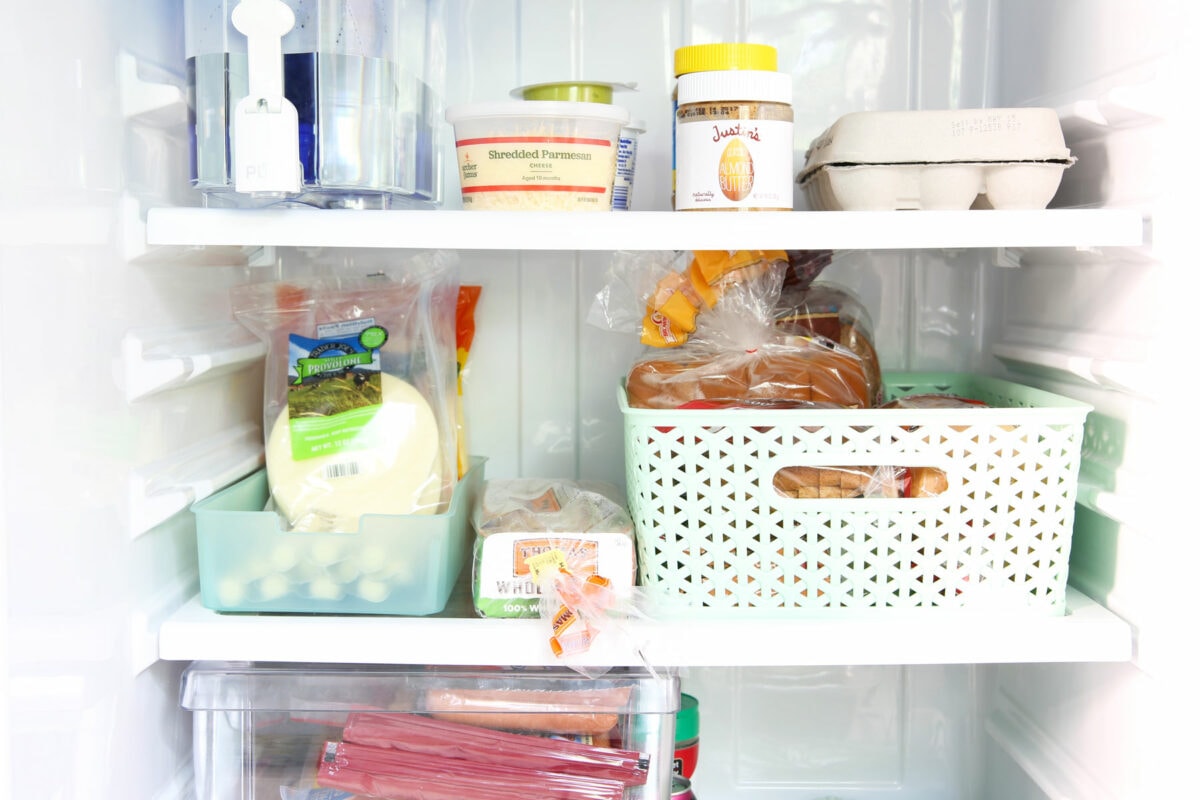
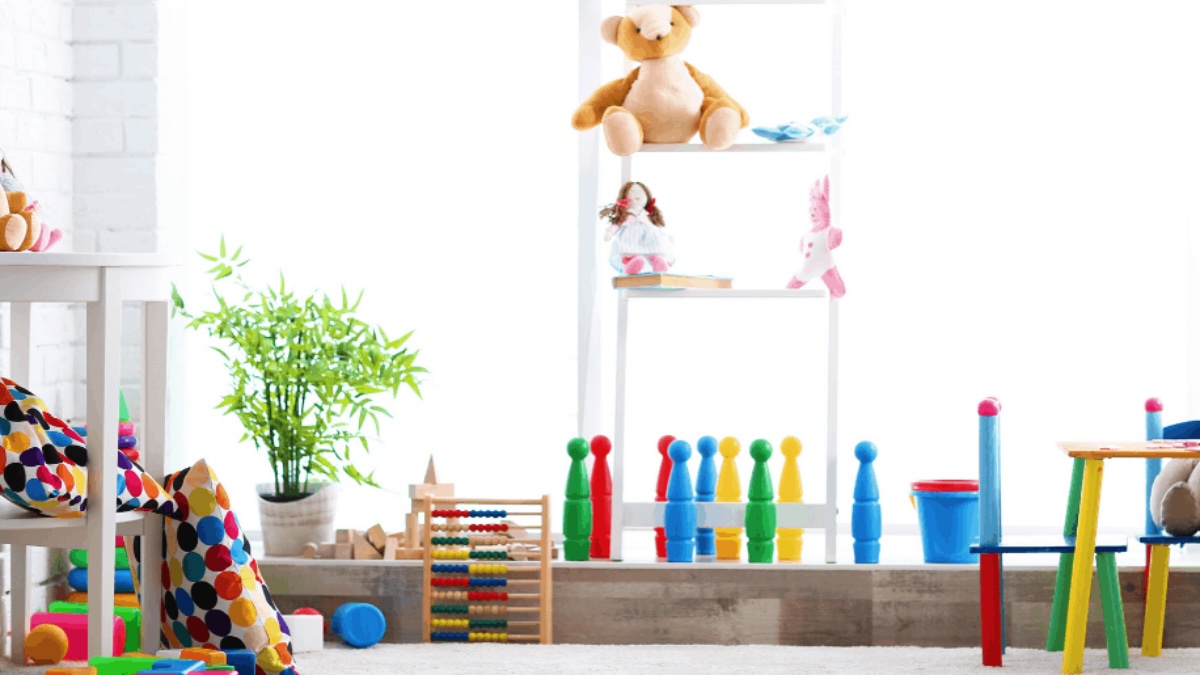

0 thoughts on “5 Necessities For A Small Playroom, According To Pro Organizers”